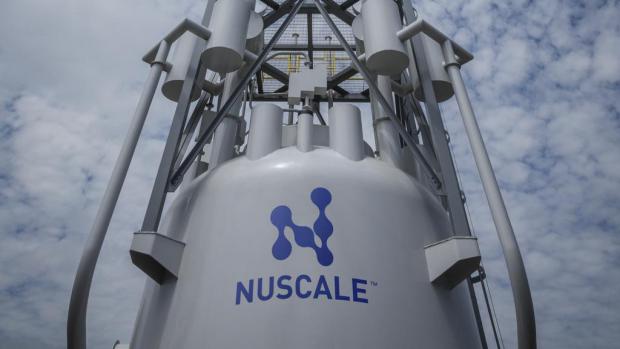
Breaking News
 Prominent Ukrainian Politician Assassinated In Broad Daylight On Streets Of Lviv
Prominent Ukrainian Politician Assassinated In Broad Daylight On Streets Of Lviv
 "We're Losing Our Community": Short-Term Rentals Are Ruining Three Rivers, Residents S
"We're Losing Our Community": Short-Term Rentals Are Ruining Three Rivers, Residents S
 Former CDC Vaccine Chief Demetre Daskalakis Who Resigns as Director of Immunization...
Former CDC Vaccine Chief Demetre Daskalakis Who Resigns as Director of Immunization...
 Blue Light's Shadow: A Weapon of Social and Technological Control | Elijah Schaffer
Blue Light's Shadow: A Weapon of Social and Technological Control | Elijah Schaffer
Top Tech News
 NVIDIA just announced the T5000 robot brain microprocessor that can power TERMINATORS
NVIDIA just announced the T5000 robot brain microprocessor that can power TERMINATORS
 Two-story family home was 3D-printed in just 18 hours
Two-story family home was 3D-printed in just 18 hours
 This Hypersonic Space Plane Will Fly From London to N.Y.C. in an Hour
This Hypersonic Space Plane Will Fly From London to N.Y.C. in an Hour
 Magnetic Fields Reshape the Movement of Sound Waves in a Stunning Discovery
Magnetic Fields Reshape the Movement of Sound Waves in a Stunning Discovery
 There are studies that have shown that there is a peptide that can completely regenerate nerves
There are studies that have shown that there is a peptide that can completely regenerate nerves
 Swedish startup unveils Starlink alternative - that Musk can't switch off
Swedish startup unveils Starlink alternative - that Musk can't switch off
 Video Games At 30,000 Feet? Starlink's Airline Rollout Is Making It Reality
Video Games At 30,000 Feet? Starlink's Airline Rollout Is Making It Reality
 Automating Pregnancy through Robot Surrogates
Automating Pregnancy through Robot Surrogates
 Grok 4 Vending Machine Win, Stealth Grok 4 coding Leading to Possible AGI with Grok 5
Grok 4 Vending Machine Win, Stealth Grok 4 coding Leading to Possible AGI with Grok 5
Nuscale Will Get 25% More From Modular Nuclear Reactors For Breakthrough Economic Value

This breakthrough in economic value means that Nuscale modules will be clearly superior to all of the conventional large nuclear reactors and competitive against many natural gas and clean coal alternatives.
The overnight kilowatt cost for Nuscale is expected to drop from $3,600 to approximately $2,850.
For power generation capacity capital costs are often expressed as overnight cost per watt. Estimated costs are:
gas/oil combined cycle power plant – $1000/kW (2019)
onshore wind – $1600/kW (2019)
offshore wind – $6500/kW (2019)
solar PV (fixed) – $1060/kW (utility), $1800/kW (2019)
solar PV (tracking)- $1130/kW (utility) $2000/kW (2019)
battery storage power – $2000/kW (2019)
conventional hydropower – $2680/kW (2019)
geothermal – $2800/kW (2019)
coal (with SO2 and NOx controls)- $3500–3800/kW
advanced nuclear – $6000/kW (2019)
fuel cells – $7200/kW
Clean coal has higher operating costs and higher capital costs. Natural gas has high operating costs. The cost is mainly the constant usage of gas.
Nuscale will have very low nuclear-operating costs and baseload power reliability and the 60-year lifespan of nuclear reactors vs 15-25 years for solar and wind.
Hydropower requires flooding a large area of land and usually requires a river with the right characteristics.

 HERE COMES THE MOTHERSHIP
HERE COMES THE MOTHERSHIP

